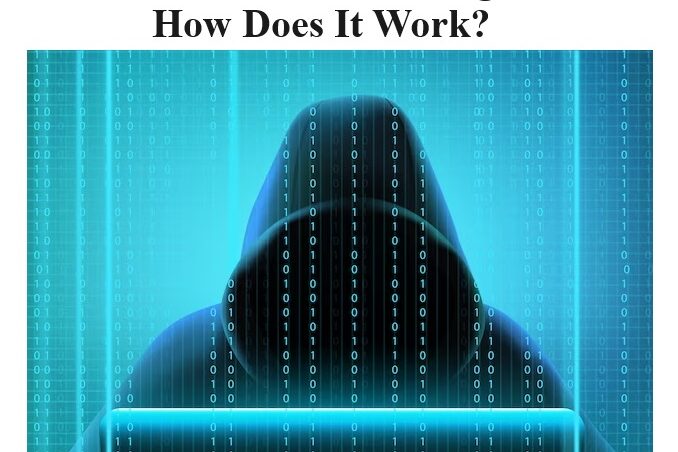
Understanding Ethical Hacking: A Comprehensive Guide
Introduction to Ethical Hacking
Ethical hacking, also known as penetration testing or white-hat hacking, is a legitimate practice performed by skilled cybersecurity experts. Its primary objective is to identify potential vulnerabilities within an organization’s computer systems, networks, or applications. Contrary to malicious hacking, it involves authorized and legal attempts to bypass security protocols with the goal of enhancing cybersecurity measures.
Importance of Ethical Hacking
In today’s digitally interconnected world, the significance of ethical hacking cannot be overstated. It serves as a proactive approach to safeguarding sensitive data, preventing cyber threats, and fortifying the overall security posture of businesses. By simulating real-world cyber attacks, ethical hackers can reveal weaknesses before malicious actors exploit them, thereby enabling organizations to reinforce their defenses effectively.
Techniques Employed in Ethical Hacking
1. Reconnaissance
Ethical hackers conduct reconnaissance to gather information about the target system or network. This phase involves passive data collection through methods such as footprinting, scanning, and enumeration. It provides a foundational understanding of potential entry points and vulnerabilities.
2. Vulnerability Assessment
Following reconnaissance, vulnerability assessment involves active scanning and analysis to identify weaknesses in security configurations, software, or hardware. This step aids in comprehensively understanding the system’s susceptibilities.
3. Exploitation
Upon identifying vulnerabilities, ethical hackers attempt to exploit them, mimicking potential attacks that malicious actors might use. This phase validates the severity of the identified weaknesses and assists in recommending mitigation strategies.
Ethical Hacking Tools and Technologies
Ethical hackers employ a plethora of cutting-edge tools and technologies to execute their tasks proficiently. Some widely used tools include:
- Nmap: A powerful network scanner used for network discovery and security auditing.
- Metasploit: An advanced penetration testing framework facilitating the execution of exploits against discovered vulnerabilities.
- Wireshark: A network protocol analyzer enabling in-depth examination of network traffic.
Career Opportunities:
With the escalating demand for cybersecurity professionals, it presents lucrative career prospects. Individuals equipped with this skills, certifications such as Certified Ethical Hacker (CEH), and practical experience are highly sought after by organizations to fortify their defenses against evolving cyber threats.
Conclusion
Ethical hacking is an indispensable component of modern cybersecurity strategies. Its proactive approach, coupled with skilled professionals and advanced technologies, plays a pivotal role in securing digital assets, maintaining trust, and upholding the integrity of organizations worldwide.
LIKE WHAT YOU’RE READING?
CHECK OUT SOME OF OUR OTHER GREAT CONTENT HERE
- ARTIFICIAL INTELLIGENCE (AI) – A BEGINNER’S GUIDE
- HOW TO START A CAREER IN ARTIFICIAL INTELLIGENCE?
- WHAT IS MACHINE LEARNING?
- DATA SCIENCE – THE ULTIMATE GUIDE
- HOW AI IS USED IN DIGITAL MARKETING?
- TOP 5 BEST SEO TOOLS(2022)
- TOOLS OF MACHINE LEARNING
- 7 MOST POPULAR TOOLS FOR DEEP LEARNING



